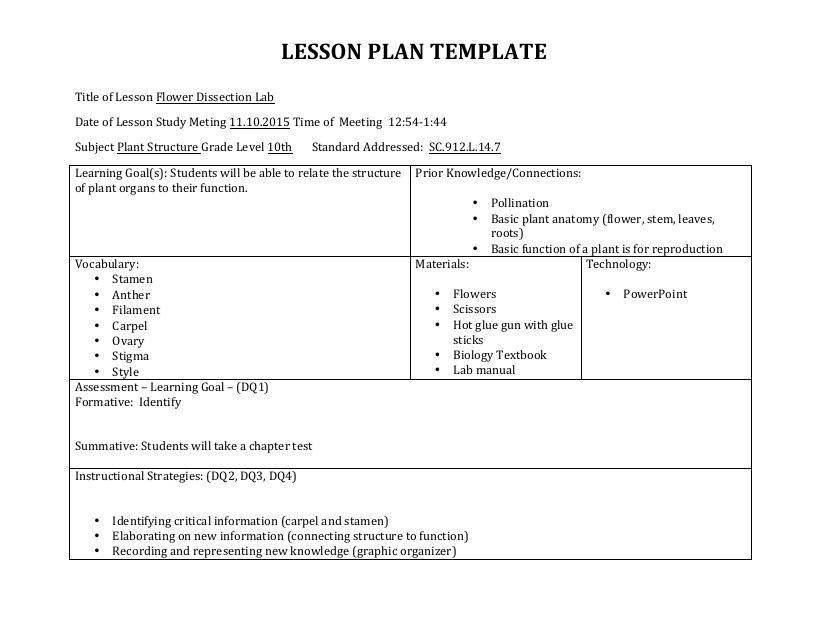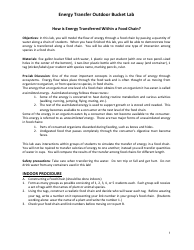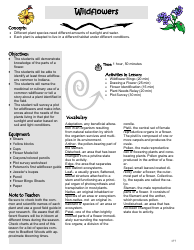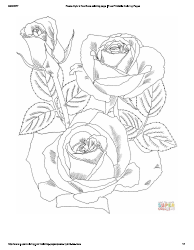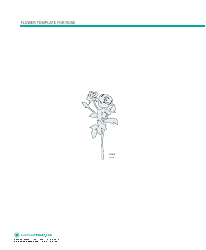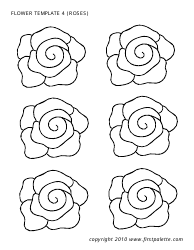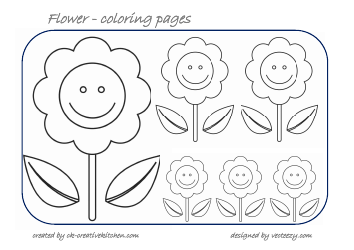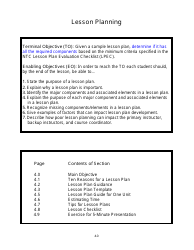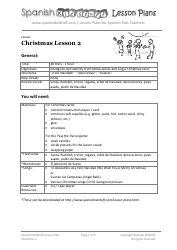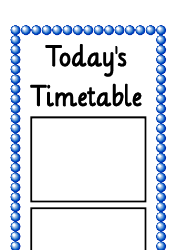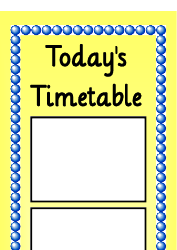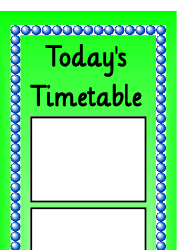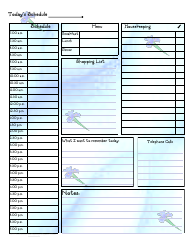Flower Dissection Lab Lesson Plan Template
The Flower Dissection Lab Lesson Plan Template is a teaching tool used to guide educators in presenting a comprehensive and engaging lesson about the dissection of a flower. This lesson plan structure allows teachers to present educational content in a structured and organized manner, ensuring all key areas are covered.
The objective of the flower dissection lesson is to help students understand the parts of a flower and their function in the plant's reproductive system. This typically involves a practical aspect where students dissect an actual flower, identifying components such as the petals, stamen, pistil and so on.
The template usually includes sections such as learning objectives, equipment required, step by step instructions for the dissection, discussion questions, and evaluation methods. This ensures that the learner can gain a full understanding from the theoretical knowledge to the practical application. So, teachers in biology or life science classes may find this template especially useful.
The Flower Dissection Lab Lesson Plan Template is typically filed by science educators or biology teachers in high schools or colleges. The document serves as a guide for conducting a lab activity that focuses on the dissection and study of flower anatomy. It outlines the objectives of the lesson, materials needed, steps for performing the dissection, and questions for analyzing the results. However, it should be noted that this isn't a standard document for any country-specific policy or requirement, rather it is used primarily for educational purposes.
FAQ
Q: What is a Flower Dissection Lab Lesson Plan?
A: A Flower Dissection Lab Lesson Plan is an educational blueprint that outlines the procedures for a laboratory activity involving the dissection of a flower. It enables students to learn about the different parts of a flower and their functions.
Q: What are the key components of a Flower Dissection Lab Lesson Plan?
A: The key components of a Flower Dissection Lab Lesson Plan typically include the objectives of the lesson, materials required, procedure for dissection, safety precautions, expected learning outcomes, and an assessment or evaluation plan.
Q: Why is a Flower Dissection Lab Lesson Plan important?
A: A Flower Dissection Lab Lesson Plan is crucial in providing a structured approach to learning about plant biology. It ensures that all necessary topics are covered, learning objectives are met, and safety measures are outlined clearly.
Q: What are the learning objectives of a Flower Dissection Lab Lesson Plan?
A: The learning objectives of a Flower Dissection Lab Lesson Plan typically include understanding the structure and functions of a flower, understanding the process of plant reproduction, and improving fine motor skills through hands-on dissection activities.
Q: What materials would be required in a Flower Dissection Lab Lesson Plan?
A: Typical materials for a Flower Dissection Lab may include fresh flowers, scalpels or razor blades, dissection trays, tweezers, microscope (and slides), and materials for documenting findings like note paper, pencils, or digital devices.
Q: What safety precautions are needed in a Flower Dissection Lab?
A: In a flower dissection lab, safety precautions might include wearing safety glasses, handling cutting instruments with care, avoiding ingestion or inhalation of flower parts (especially for people with allergies), and washing hands and workspace thoroughly after the lab.
Q: How are students assessed in a Flower Dissection Lab Lesson Plan?
A: Assessment in a Flower Dissection Lab Lesson Plan may include lab reports, quizzes, presentations of findings, or group projects. Teachers often also assess student understanding through class discussion or question and answer sessions.
